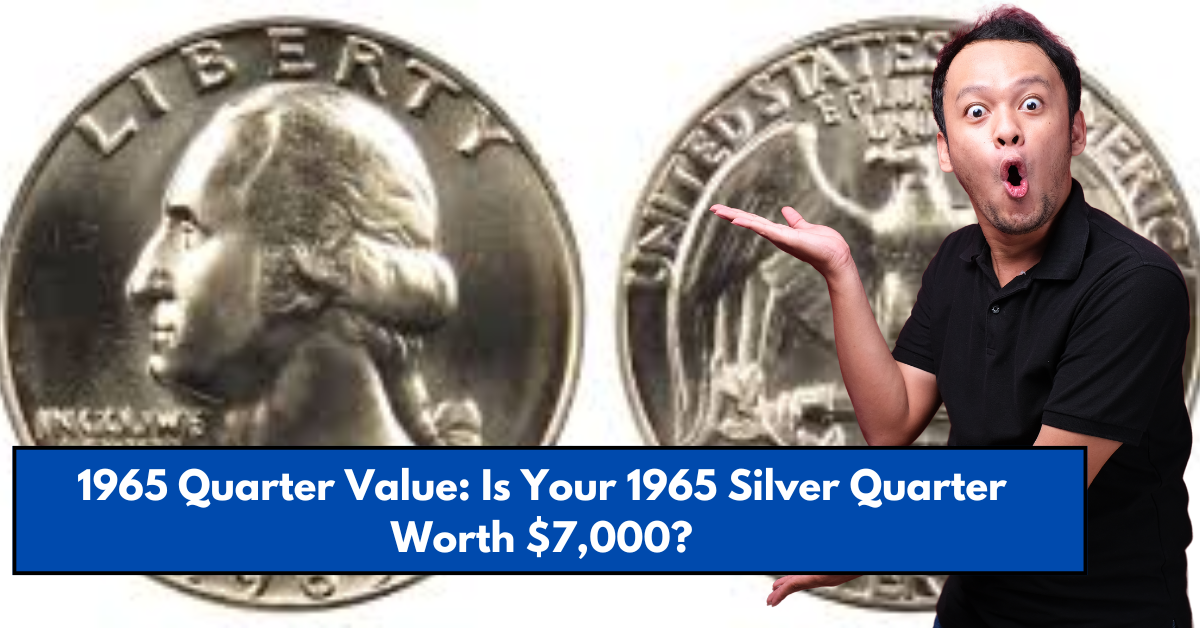The 1965 quarter is a key coin in the history of U.S. currency, as it marks a transition in the material composition of coins. While most 1965 quarters are made from a copper-nickel alloy, a few rare silver planchets were mistakenly struck as quarters, making them highly valuable to collectors. If you’ve come across a 1965 quarter, it might be worth a lot more than just 25 cents — potentially thousands of dollars. Here’s how to tell if you have one of these rare coins and what it could be worth.
The 1965 Quarter’s Composition
In 1965, the U.S. Mint made a significant change to the composition of its coins. Due to the rising cost of silver, the Mint switched from using 90% silver to a copper-nickel alloy for quarters, dimes, and half dollars. This change was part of a broader move to reduce the precious metal content in coins. However, some silver planchets — the metal discs used to make coins — were accidentally used for striking 1965 quarters. These rare silver 1965 quarters are highly sought after by coin collectors, which can make them quite valuable.
How to Tell If You Have a Rare 1965 Silver Quarter?

While most 1965 quarters are made from the copper-nickel alloy, a small number of them were struck on silver planchets. These silver quarters are worth considerably more than their copper-nickel counterparts, so it’s essential to know how to identify the difference. Here are some key ways to determine if your 1965 quarter is made of silver:
1. Examine the Color of the Coin
One of the first ways to identify a silver 1965 quarter is by examining the color of the coin. Silver coins tend to have a distinct, shiny, silvery appearance, while copper-nickel quarters often appear more dull or copper-colored, especially around the edges. If your 1965 quarter has a noticeable silver sheen, it could be a silver planchet.
2. Weigh the Coin
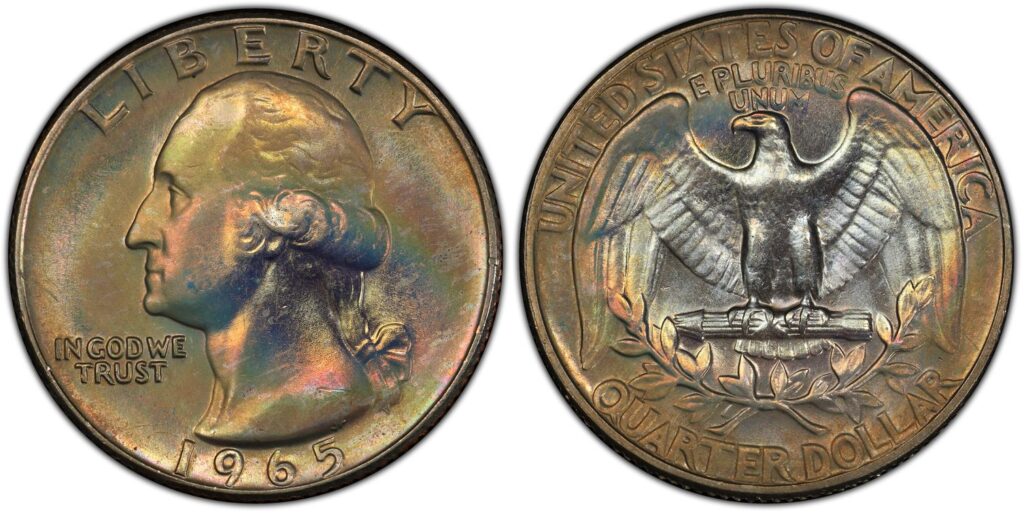
Another way to determine if you have a rare silver 1965 quarter is by weighing it. A typical 1965 quarter made of copper-nickel weighs 5.67 grams. However, a 1965 quarter made from silver weighs slightly more, at around 6.25 grams. You can use a precise digital scale to weigh the coin. If it weighs 6.25 grams or close to that figure, you may have a valuable silver quarter.
3. Inspect the Coin’s Edge
Silver coins have a different edge than their copper-nickel counterparts. If you closely examine the edge of your 1965 quarter, you may notice a difference in appearance between the two. Silver has a distinct, metallic edge, whereas copper-nickel coins can have a slight copper coloration around the rim.
Value of a 1965 Silver Quarter
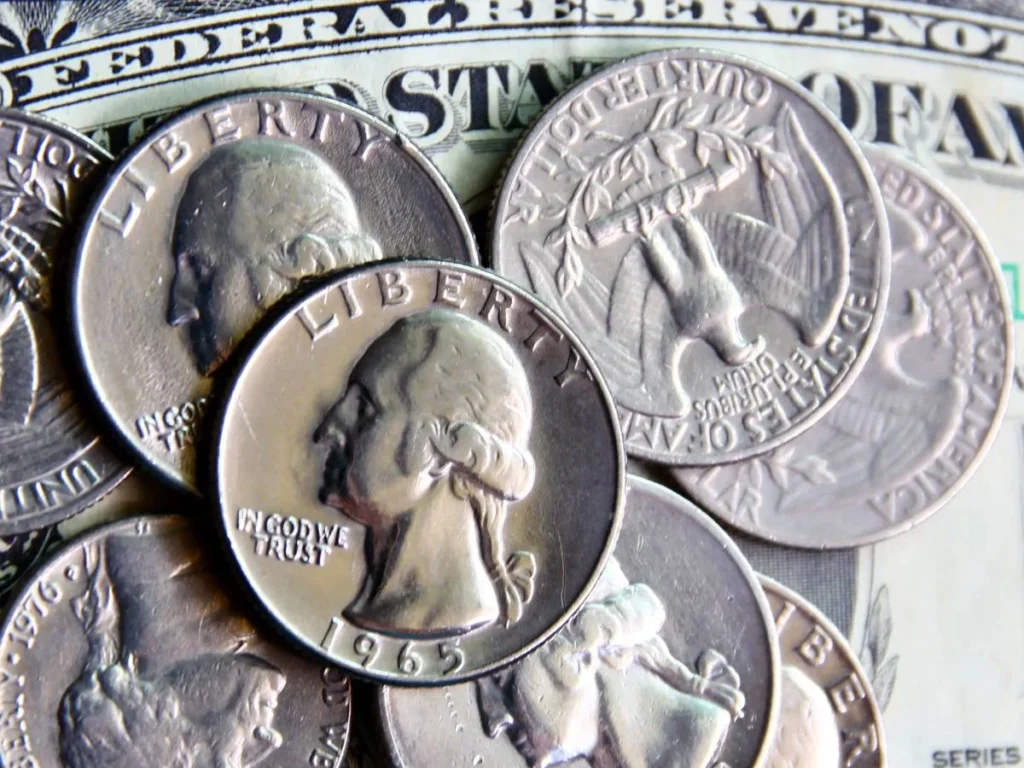
If you find that your 1965 quarter is made from silver, you could have a rare, valuable coin on your hands. These coins are highly sought after by collectors due to their rarity, as only a small number were struck by mistake. A silver 1965 quarter can be worth anywhere from $5,462.50 to $8,400 depending on its condition, rarity, and demand from collectors.
For example, the value of these coins can fluctuate based on factors like the coin’s grade (its condition), the rarity of the mistake, and the current market demand. Coins in better condition and with more discernible features can fetch a higher price at auction.
How to Sell a Rare 1965 Silver Quarter?
If you believe you have a valuable 1965 silver quarter, it’s a good idea to have it appraised by a professional. Numismatists, or experts in the study of coins, can help you determine the exact value of your coin. You may also consider taking it to a reputable coin dealer who specializes in rare U.S. currency. Auction houses are another option if you wish to sell the coin for the highest possible price.
It’s important to keep in mind that the coin’s condition (or “grade”) plays a significant role in determining its value. A coin with few scratches, no signs of wear, and clear, sharp features will command a higher price than one that is worn or damaged.
Where to Check for More Information
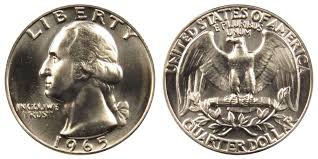
For those looking to dive deeper into the world of coin collecting, several resources can help guide you. The United States Mint provides official information on coin compositions and historical details, while organizations like the American Numismatic Association (ANA) offer educational materials for collectors.
Final Thoughts
Finding a 1965 silver quarter could be your ticket to a valuable coin, worth up to $7,000 or more, depending on its rarity and condition. By carefully examining the coin’s color, weight, and edge, you can identify whether you have one of these rare silver quarters. Always remember to consult with professionals like numismatists or reputable dealers to get an accurate appraisal and to understand your options for selling or preserving the coin.
Whether you’re an experienced coin collector or someone just beginning to explore the world of numismatics, learning how to identify rare coins like the 1965 silver quarter can be an exciting and rewarding experience.
This article has been carefully fact-checked by our editorial team to ensure accuracy and eliminate any misleading information. We are committed to maintaining the highest standards of integrity in our content.
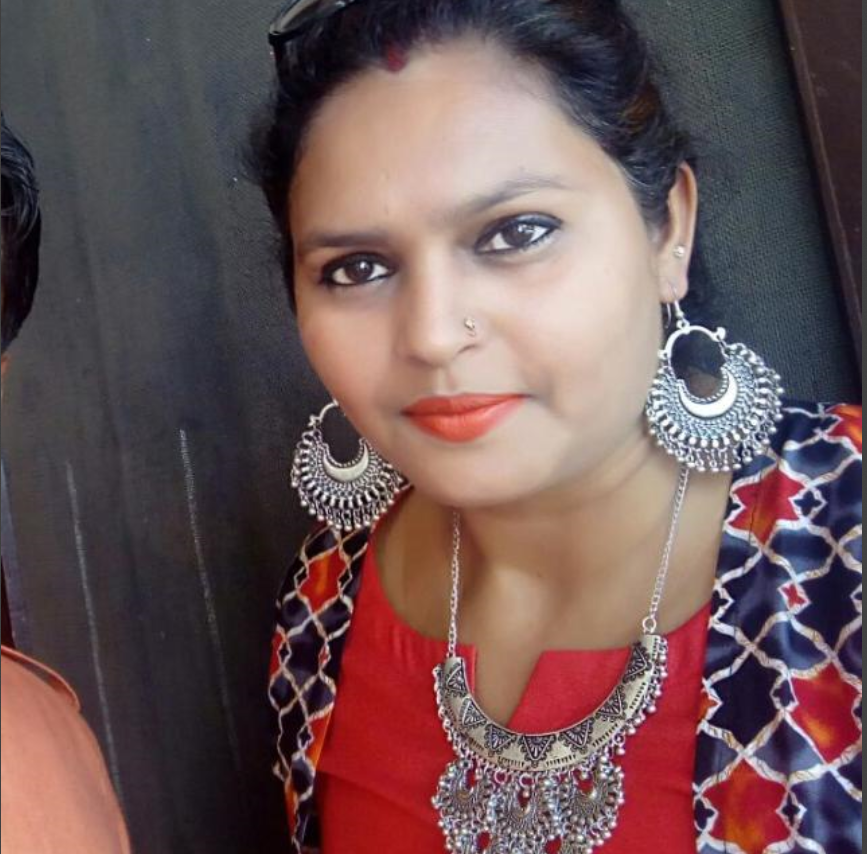
Premlata is a seasoned finance writer with a keen eye for unraveling complex global financial systems. From government benefits to energy rebates and recruitment trends, she empowers readers with actionable insights and clarity. When she’s not crafting impactful articles, you can find her sharing her expertise on LinkedIn or connecting via email at [email protected].

